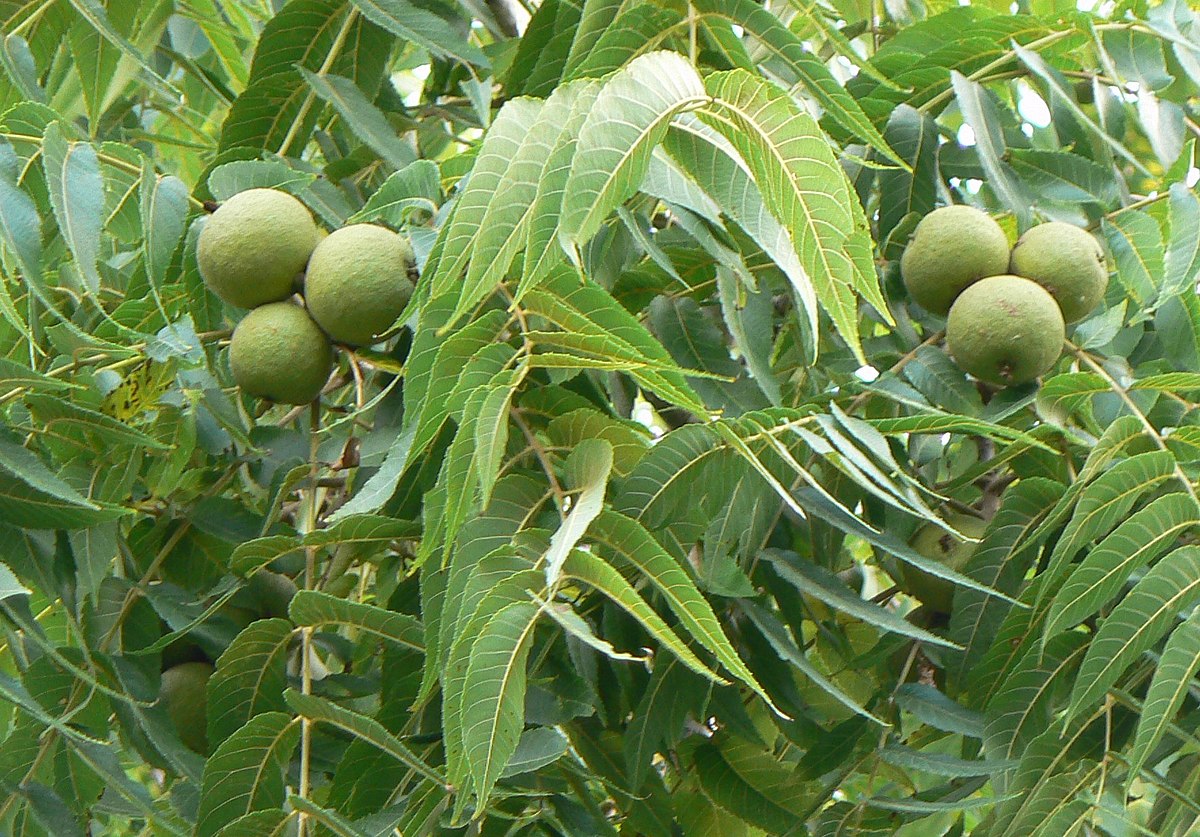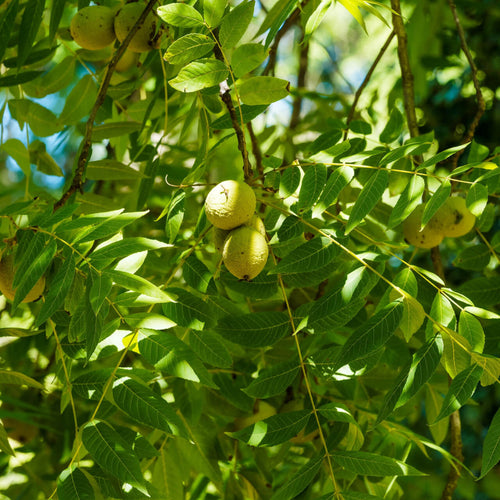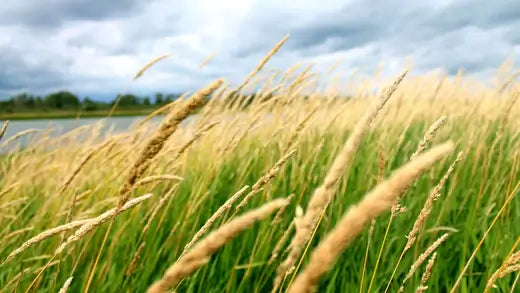What is a Black Walnut Tree?
Black walnut trees are known for their dark-colored wood. The trees have low branches that grow close to the ground and are typically about 75 feet tall when mature. The tree’s leaves are long and narrow and turn bright yellow in autumn.
How Do You Take Care of a Black Walnut Tree?
The best way to care for a black walnut tree is to prune it yearly, preferably in the spring. Ensure the tree has enough water, sunlight, and nutrients throughout the year.
How Much Sunlight Can a Black Walnut Tree Take?
A black walnut tree can take a lot of sunlight. They thrive in full sun but will also tolerate partial shade.
Do Black Walnut Trees Back Up Every Year?
Yes, black walnut trees are perennials. They will come back every year, but they will also have a few years between the years they produce nuts.
What Does a Black Walnut Tree Look Like?
A black walnut tree is tall with strong, spreading branches and finely-toothed leaves. It has yellow-green flowers that grow in clusters at the base of the leaves.
Where Do Black Walnut Trees Grow?
Moist, well-drained, acidic soil is where black walnuts grow best. They can tolerate a range of pH levels from 5.0 to 7.2.
What Are the Environments in Which Black Walnut Trees Grow?
Black walnut trees grow in nutrient-rich environments and have a good water supply. These trees can tolerate full sun or partial shade, but they need plenty of sunlight to produce fruit.
Are Black Walnut Trees Toxic?
Black Walnut Tree contains juglone, a chemical that can be toxic to some animals. So, it is essential to ensure they do not overeat the leaves or bark of black walnut trees.
How Do You Grow a Black Walnut Tree?
Just plant a seed in rich, well-drained soil and keep it watered. Once it sprouts, it gives plenty of sun and shade during different stages of growth.
How Do You Care for a Black Walnut Tree?
Prune your tree in the winter, as it will be less likely to absorb too much moisture from the soil. Again, fertilize your tree once every year in the early spring using a slow-release fertilizer.
How Did Black Walnut Trees Get Their Name?
Black walnut trees have their name because of the dark, rich color of the wood.



















































